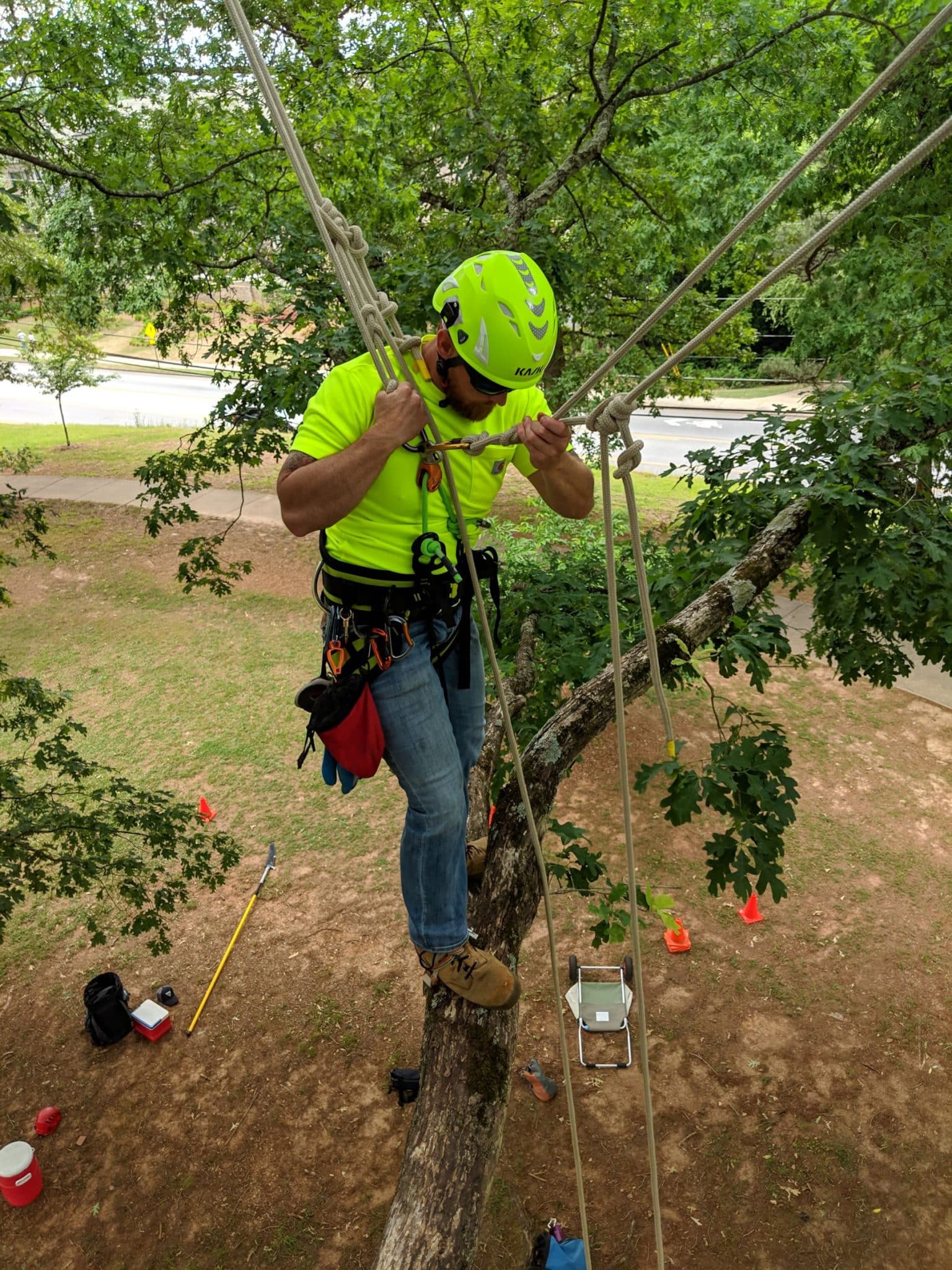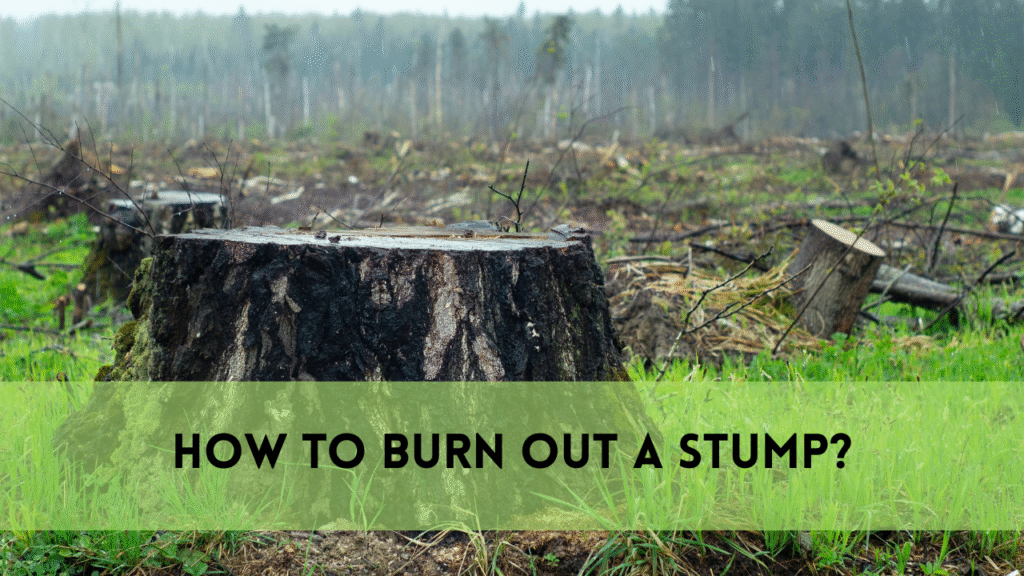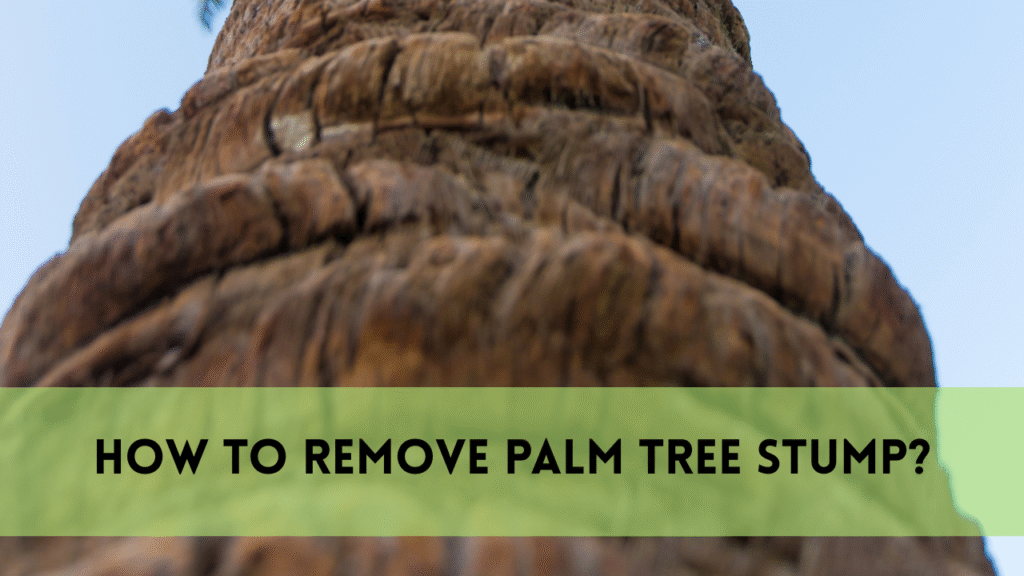Pecan trees, with their luscious, nutrient-dense nuts, may add beauty to any environment. It is critical to learn how to care for pecan trees in order for them to thrive and provide numerous harvests. In this guide, we’ll walk you through each step in a conversational approach that makes it easy to understand and fascinating.
An Overview of Pecan Tree Care
Pecan trees, or Carya illinoinensis as they are properly known, are native to the United States and prized for their sweet and adaptable nuts. Before we go into the care tips, let’s go over the basics of these beautiful trees.
Deciduous pecan trees have a canopy that spreads equally wide and can reach heights of up to 100 feet. They are members of the hickory family and are prevalent in the southern and central parts of the United States. They not only make tasty pecan nuts, but they are also high in nutrients.
Methods to Care for Pecan Trees?
Selecting the Ideal Site: Pecan Trees’ Heavenly Residence
The first step in caring for pecan trees is to choose an appropriate planting location. Pecan trees thrive on well-drained soil with plenty of sunshine.
They are quite hardy, even though they flourish in areas with hot summers and cold winters. Test the soil before planting to make sure the pH is between 6.0 and 7.0, offering the ideal conditions for your pecan trees.
Examining Specifics When Planting Pecan Trees
After you’ve located the ideal location, it’s time to really get your hands dirty. Start by excavating a hole that is no deeper than twice the width of the root ball.
Make sure the tree’s roots are evenly distributed when you carefully plant it in the hole. During the first several years of development, watering is essential. Make sure the soil is always damp but not soggy.
Feeding Your Pecan Trees
Like all living things, pecan trees require a healthy diet in order to thrive. Before new growth appears, start fertilizing your trees in the late winter or early spring.
A 10-10-10 mix fertilizer, which is balanced, is quite effective. Modify the fertilizer dosage as your pecan trees become older, but be cautious not to over-fertilize, as it can lead to excessive vegetative growth.
Pecan Tree Trimming
Pruning is an art, and striking a balance is crucial when working with pecan trees. Frequent pruning enhances sunshine penetration, air movement, and the removal of dead or diseased wood. To prevent straining the tree, prune it during the dormant season, which is usually in late winter.
Keeping Away With Pests
Pests may affect pecan trees just like they do any other plant. It’s critical to keep an eye out for indications of infestation. Typical culprits include hickory shuckworm, pecan weevils, and aphids. To help control insect populations, introduce natural predators like ladybirds.
Disease Control: Maintaining the Health of Pecan Trees
Your pecan trees may be at risk from fungal infestations. Examine the leaves often for abnormalities or discolorations. Preventive use of fungicides is possible, particularly in humid environments. To minimize the danger of fungal infections, proper air circulation between trees is essential.
Watering Wisdom: Quenching the Thirst of Pecan Trees
Pecan trees require regular irrigation even though they are resilient, especially in dry seasons. It is best to water deeply since this promotes the growth of a strong, deep root system. Mulching the area surrounding the tree’s base helps prevent weed growth and keep soil moisture.
When to Gather Pecan Offerings
Harvest season is when all of your hard work and care will be rewarded. Pecans typically mature in the autumn, and the nuts begin to fall off the tree. Gather them soon since animals or harsh weather may cause the nuts to vanish if you wait too long. For bigger trees, use a motorized shaker to increase the efficiency of the harvesting operation.
FAQs
What time of year is optimum for planting pecan trees?
Before new growth starts, late winter to early spring is the best time to plant pecan trees. In doing so, the tree is able to set roots ahead of the growth season.
How frequently should my pecan trees be watered?
Regular irrigation is necessary for pecan trees, particularly in dry spells. It is advised to water deeply in order to promote the growth of a strong root system. Check the moisture content of the soil and modify the frequency of watering.
When taking care of pecan trees, which pests should I be aware of?
Look out for common pests including hickory shuckworm, pecan weevils, and aphids. Without using chemicals, insect populations can be reduced by introducing natural predators like ladybirds.
When should pecan trees be pruned?
The greatest time to prune is in late winter, when the plants are dormant. This makes it possible to remove any dead or diseased wood from the tree without overstressing it.
How can I tell when the pecan crop is ready to be harvested?
Pecans typically reach maturity in the autumn, at which point the nuts begin to drop from the tree. Gather them as soon as possible to avoid loss from wildlife or bad weather. For more effective harvesting of bigger trees, think about utilizing a motorized shaker.
Conclusion
Taking good care for pecan trees is an enjoyable experience that calls for meticulous attention to detail, a little horticultural skill, and an appreciation of the abundance of nature.
You’ll be well on your way to having a thriving pecan orchard that offers shade and a tasty nut crop for many years to come if you follow the advice in this book. Recall that the connection you have with your pecan trees takes time, work, and a little bit of patience, just like any other. Happy expanding!





